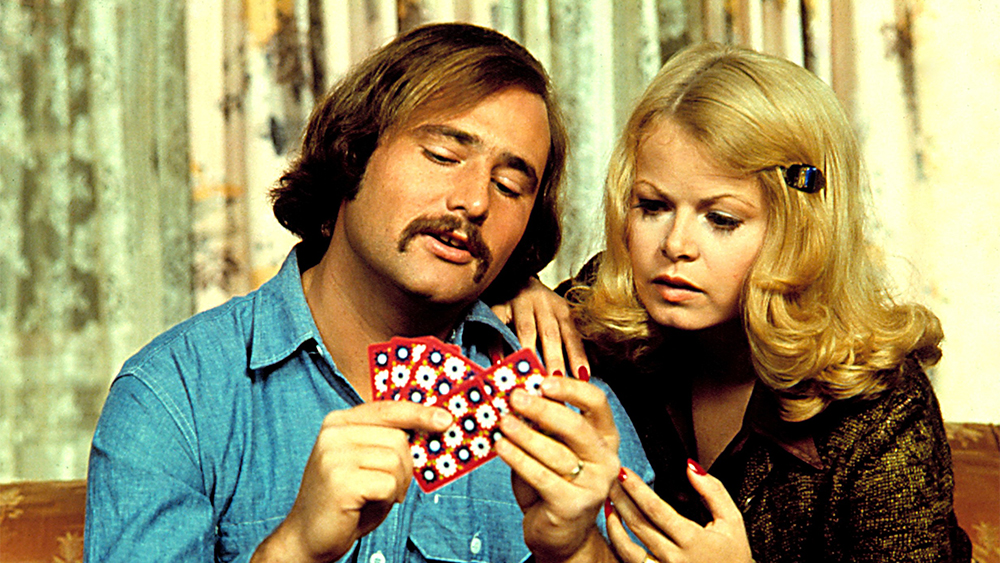
Introduction:
When people think of All in the Family, the first thing that probably comes to mind is the humor. But there’s so much more to this groundbreaking sitcom than just laughs. Underneath its biting wit and controversial jokes lies a deeper message about American society. All in the Family didn’t just entertain – it provoked thought, challenged assumptions, and tackled issues that were uncomfortable, yet necessary to address. From race to gender, politics to class, the show fearlessly explored the issues of its time, making it one of the most important sitcoms in television history.
At its heart, All in the Family was about the family dynamic. But it was also about more than just the Bunker family. It was about the changing nature of American society, the generational divides, and the evolving views on race, gender, and equality. The show’s ability to blend humor with serious social commentary was its genius, and that’s what made it so revolutionary. It didn’t just entertain – it made people think. It forced viewers to confront their own biases, question their views, and, at times, laugh at the uncomfortable truths about themselves and society.
Layered Comedy:
The brilliance of All in the Family lay in its ability to take issues that were considered taboo for television and present them in a way that was both entertaining and thought-provoking. The show’s humor was multi-layered. On the surface, it was funny. But beneath the jokes was an underlying message that often left viewers questioning their own assumptions. The way All in the Family approached racism, sexism, and class struggles was groundbreaking. It used humor not just to entertain but to challenge viewers to think critically about the world around them.
Take, for example, Archie’s racist remarks. On one hand, they were often funny in their absurdity. But on the other hand, they were deeply uncomfortable because they revealed the ugly truths about the prejudice that existed in society at the time. The show didn’t just make fun of Archie’s ignorance; it highlighted it, forcing viewers to recognize that his bigotry was rooted in deeper societal issues that still needed to be addressed.
The Family Dynamic:
One of the most important aspects of All in the Family was its portrayal of the family dynamic. Archie, the patriarch, was a man of his time – set in his ways, resistant to change, and unwilling to listen to anyone who disagreed with him. But through his interactions with his wife, Edith, and his daughter, Gloria, as well as his son-in-law, Mike, the show explored how family members navigated generational and ideological divides.
The relationship between Archie and Mike was one of the most compelling aspects of the show. Mike, a liberal intellectual, represented the younger generation that was pushing for social change. Archie, on the other hand, was a product of an earlier, more conservative time. Their interactions were often heated, but they also reflected the larger societal divide between the older, more traditional generation and the younger, more progressive one.
The Feminist Angle:
In addition to its exploration of race and class, All in the Family was ahead of its time in its portrayal of women’s issues. Gloria, the Bunkers’ daughter, was a feminist character who frequently challenged her father’s outdated views on women’s roles in society. She was not afraid to stand up to Archie, and her assertiveness made her one of the first feminist characters to appear in a mainstream sitcom.
Through Gloria’s character, the show addressed issues like women’s rights, equality in marriage, and the changing roles of women in the 1970s. It wasn’t just about making a statement about feminism; it was about showing how women were beginning to fight for their place in a male-dominated world. In many ways, All in the Family used Gloria’s character as a lens through which to explore the larger societal shifts happening at the time.
The Show’s Relevance:
The questions All in the Family raised about race, gender, and class are just as relevant today as they were in the 1970s. While much has changed in American society, the issues the show tackled – from racism to sexism to generational divides – are still present in contemporary conversations. By addressing these issues head-on, All in the Family laid the foundation for the television shows that followed, showing that comedy could be a powerful vehicle for social commentary.
Conclusion:
All in the Family was much more than just a sitcom. It was a cultural commentary, a reflection of the social and political upheaval of the 1970s. Through its sharp wit and fearless exploration of difficult topics, the show managed to entertain while also encouraging viewers to think deeply about the world around them. While the laughs were certainly a big part of its appeal, it was the show’s ability to spark conversation and challenge societal norms that made it so revolutionary. In the end, All in the Family wasn’t just about laughs – it was about making us think, reflect, and question the world we live in.
